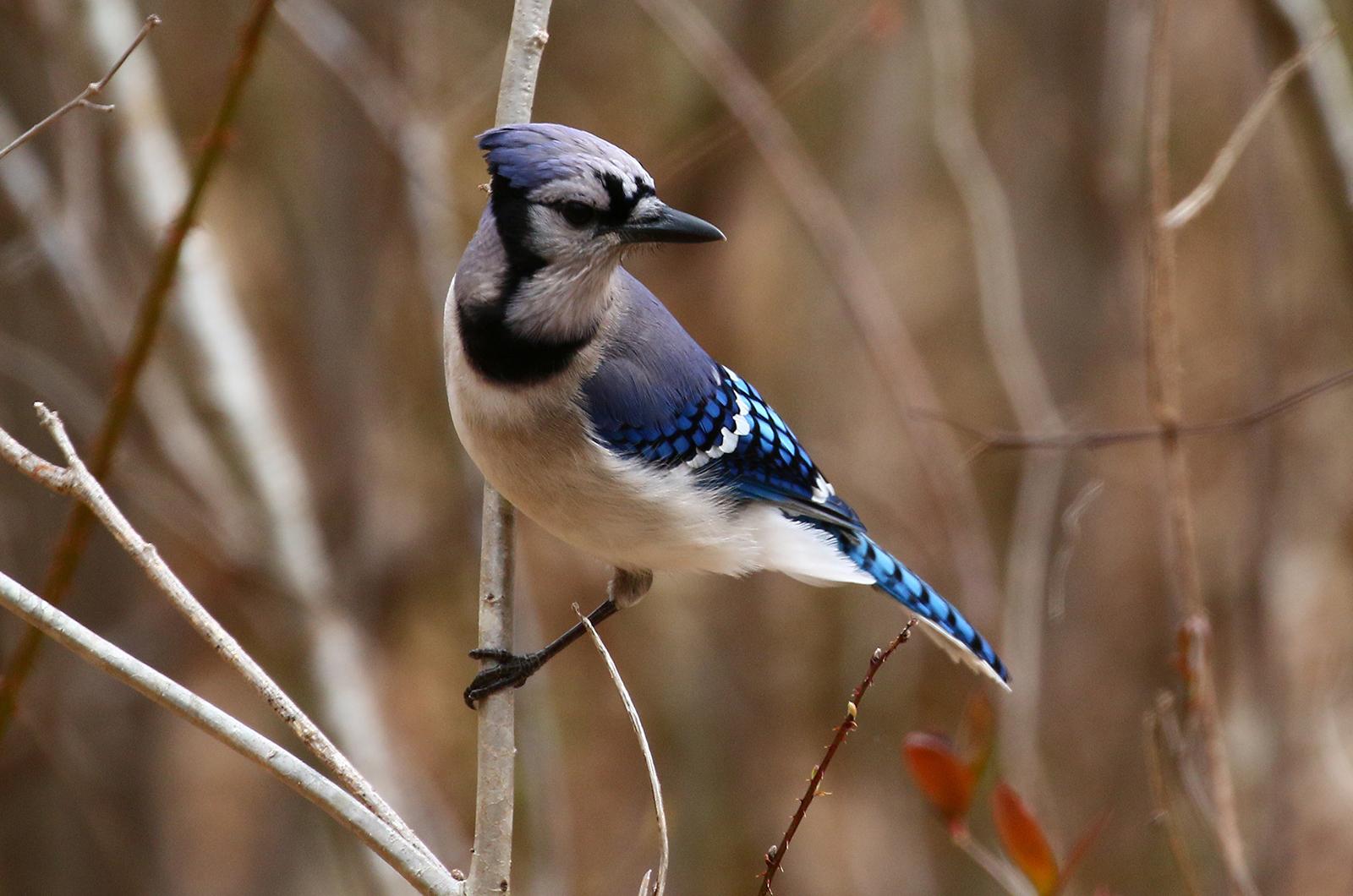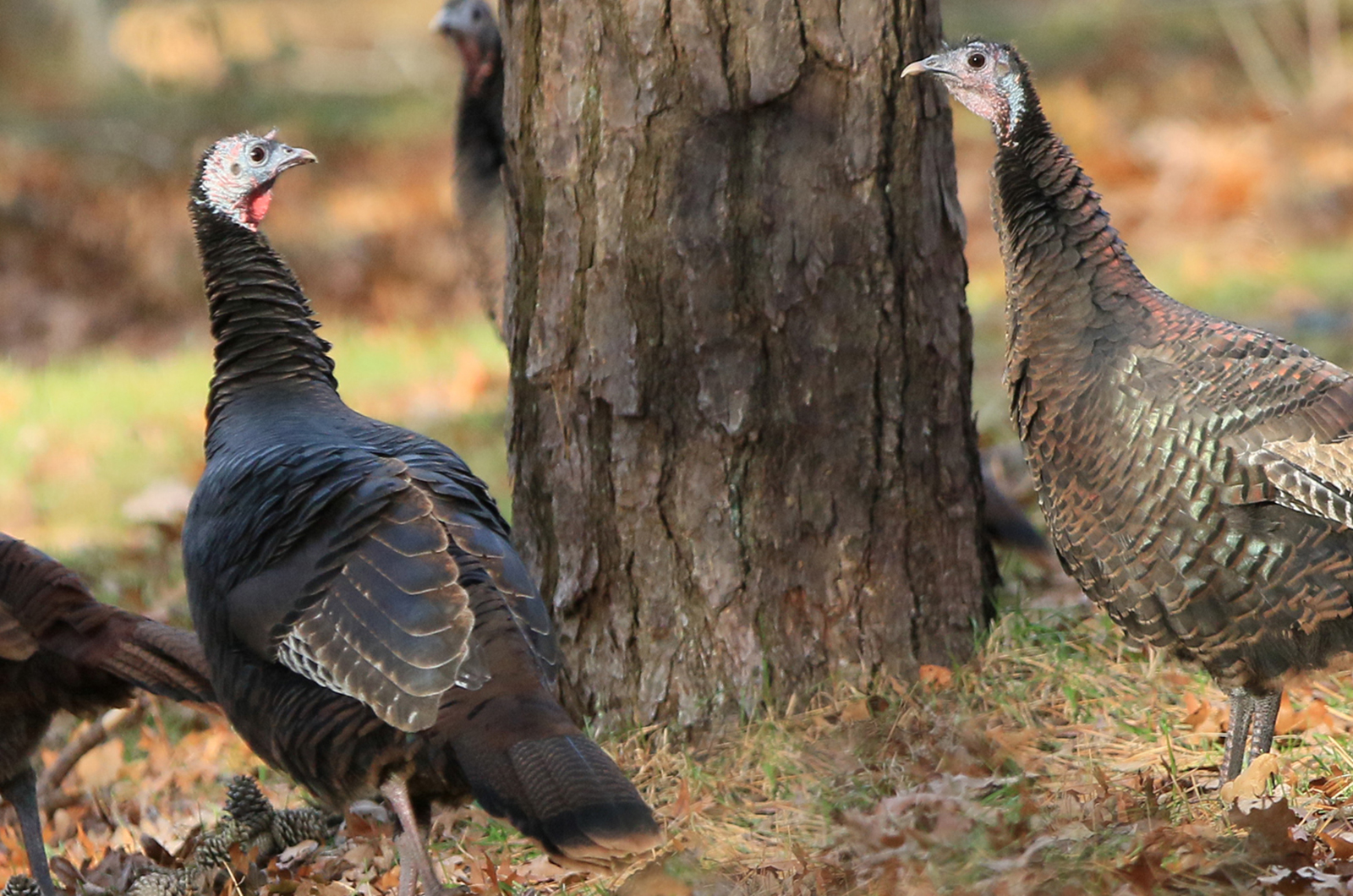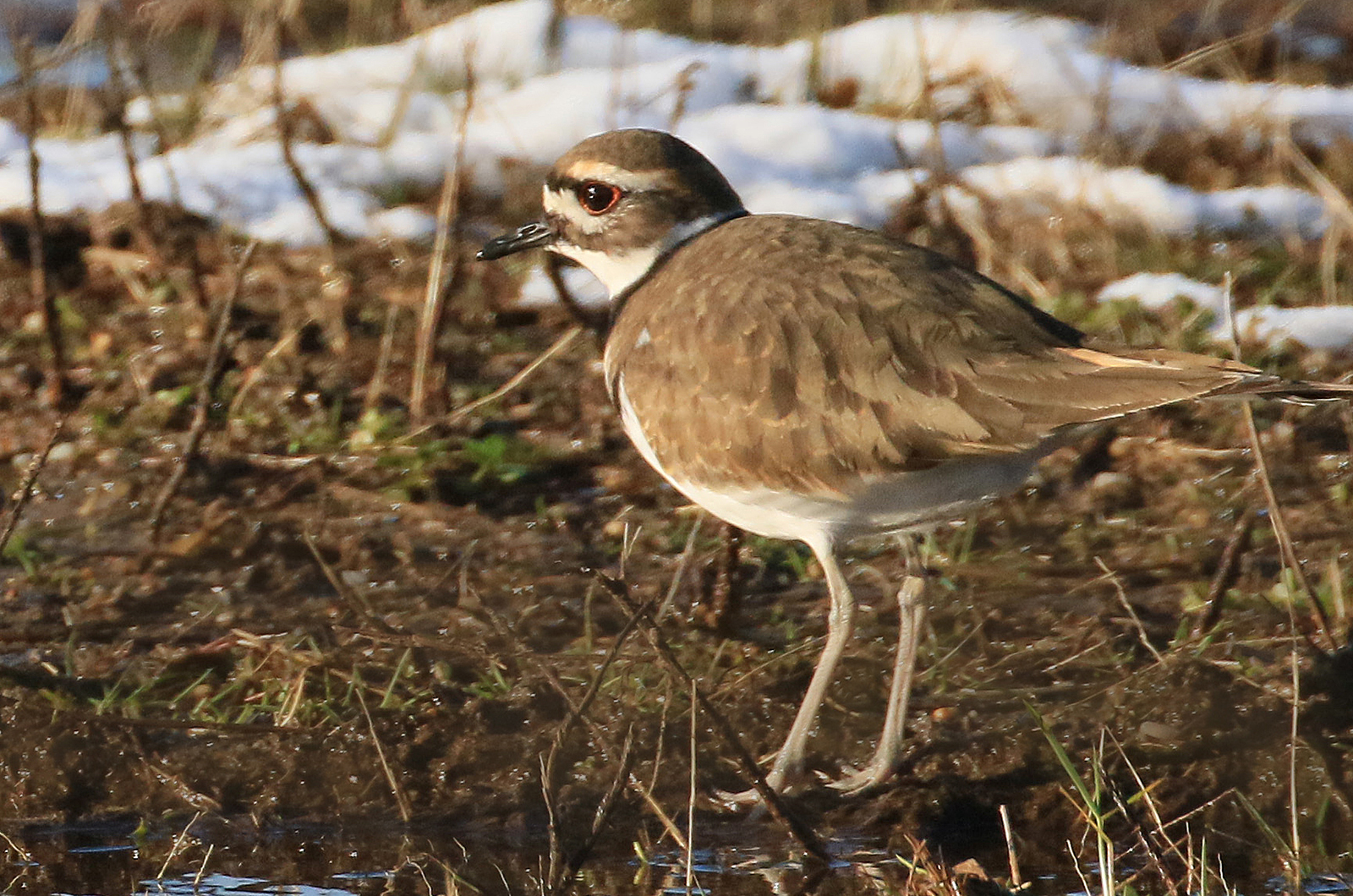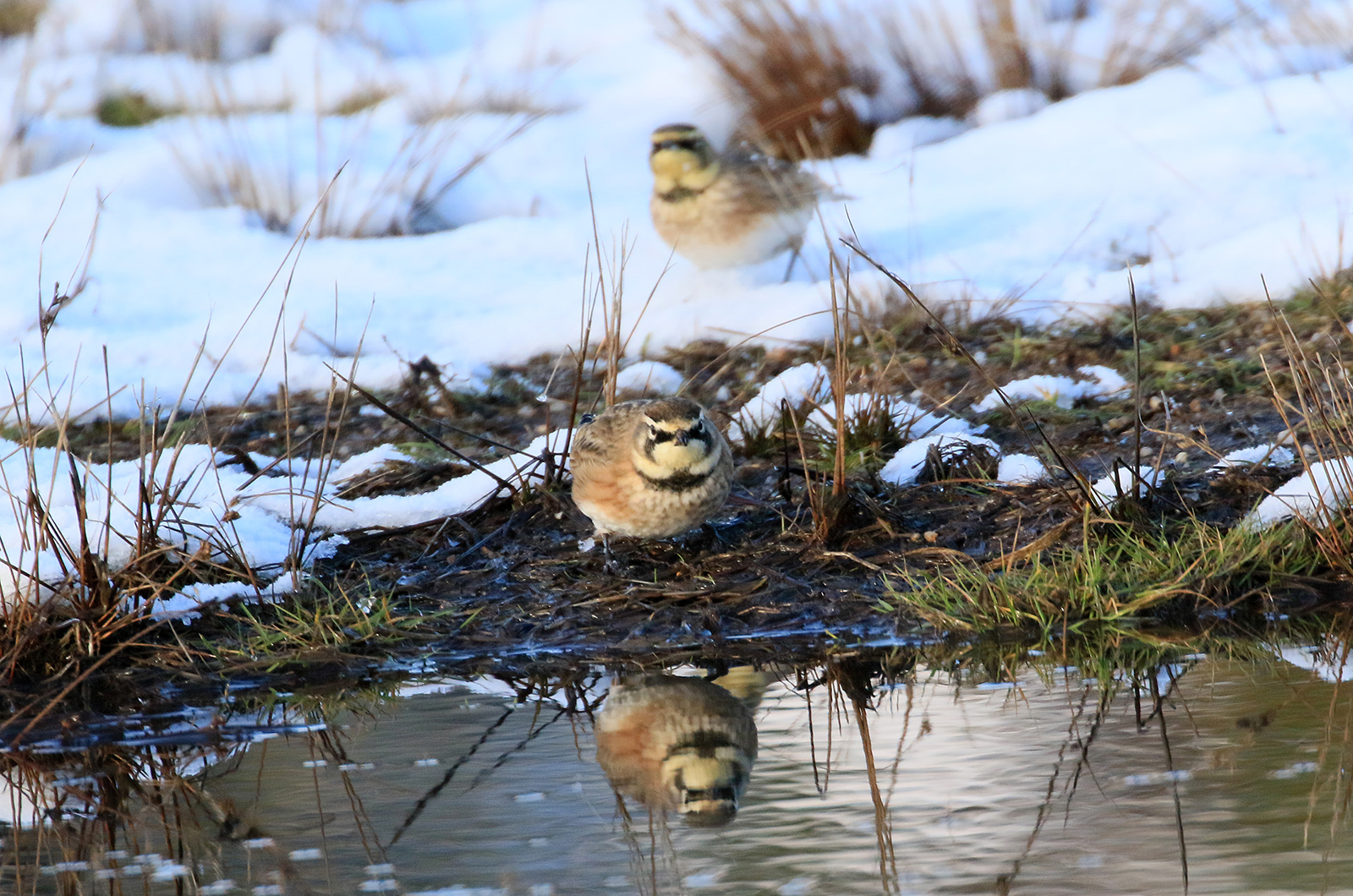I have taken down my bird feeders following a recommendation from Brice Boutot, the Edgartown health agent, who reports that MassWildlife has determined that the 20 dead wild turkeys found near Smith Hollow tested positive for avian flu, as did a blue jay from the same area. The positive test of a blue jay greatly increases my concerns for all the birds attracted to our feeders. The disease can easily spread when birds are concentrated at feeders. The recommendation to stop feeding birds is intended to reduce the spread of this disease since birds do not follow social distancing protocols or wear masks as we did a few years ago to reduce the spread of covid.
It is not just birds that can be infected. Mammals (cats, dogs, rats, chipmunks, deer, skunks and raccoons) are also attracted to our feeders and the virus could affect them. The disease is known to be deadly to cats; the recommendation is to keep your cats indoors to prevent them from hunting and catching diseased birds.
The health board also states that there is minimal risk to people who do not engage in direct contact with infected animals, and no human cases of avian flu have been reported in Massachusetts. But protect yourself from becoming infected by avoiding any dead birds you find. Contact your town’s animal control officer to safely collect and remove them.
We feed birds to get them to come closer to us. Studies have shown that feeder birds get approximately 90 per cent of their food from the wild, and they find enough food to survive in the wild where feeders are not available. So birds will most likely survive without feeders, even in the dead of winter.
For now, temporarily stopping feeding birds will reduce the spread of the avian flu.
Bird Sightings
Ebird includes 97 checklists submitted from Feb. 10 to Feb. 16. Oddly, there were no checklists submitted on Feb. 13.
Some of our lingering species are still here. Janet Woodcock found the redhead at Mud Creek on Feb. 15. Three observers (Janet Woodcock, Lisa Maxfield and Bernice McIntyre) found the Eurasian wigeon at Crystal Lake the same day. Dana Bangs last observed the northern shoveler near Mud Creek on Feb. 7. John Nelson found one killdeer at Eel Pond on Feb. 10, the same day that Dana Bangs located a greater yellowlegs at the west basin of Lagoon Pond. And Matt Pelikan saw five greater yellowlegs in Lobsterville on Feb. 15. The pair of American oystercatchers has not been reported since Jan. 25.
I found three immature snow geese on Edy’s Island in Menemsha Pond on Feb. 12. John Nelson observed 42 greater scaup in Oak Bluffs Harbor on Feb. 10, Matthew Born located 45 greater and four lesser scaup on Squibnocket Pond on Feb. 3, and I counted 25 greater and 12 lesser scaup on Farm Pond on Feb. 15.
The western end of the Island is the place to find razorbills and grebes. On Feb. 1, Charles Morano found 19 razorbills at Squibnocket Point Feb. 1 and the MV Bird Club spotted four at Moshup Beach that day. Bob Shriber counted 125 razorbills in Aquinnah on Feb. 5 and Dana Bangs saw 25 razorbills at the Gay Head cliffs on Feb. 8.
Charles Morano watched a horned and a red-necked grebe at Pilot’s Landing on Feb. 4, and I located a red-necked grebe from Lucy Vincent Beach on Feb. 5. Sea Williams and Bridget Dunnigan spotted a horned grebe from Squibnocket Beach on Feb. 8, while Nancy Nordin observed an amazing eight horned and six red-necked grebes from Lobsterville Beach on Feb. 15.
I spotted two great cormorants from Lucy Vincent on Feb. 5, and Sea Williams and Bridget Dunnigan located 18 of them from Squibnocket Beach on Feb. 8.
The other three sightings are of birds on and near an offshore boulder visible from the Gay Head cliffs and Pilot’s Landing. Charles Morano observed 12 on Feb. 4, while he and Bob Shriber saw 31 later that day. Dana Bangs watched 22 on Feb. 8, and Matt Pelikan counted 45 on Feb. 15 (more than he recalls seeing at any one time).
Sightings of Cooper’s hawks are more frequent than the smaller sharp-shinned hawks. Of Cooper’s hawks, I found one at Fulling Mill Brook on Feb. 5, Thaw Malin and Cynthia Bloomquist had one visit their home on Feb. 9, Dana Bangs saw one along Edgartown Bay Road on Feb. 11, and Bridget Dunnigan and Sea Williams spotted one fly past the Mattakesett Boat Ramp on Feb. 14.
Shea Fee found one sharp-shinned hawk at Philbin Beach on Feb. 15.
Belted kingfishers appear to be scarce this month, with only two sightings. Matthew Born found two at Squibnocket Pond on Feb. 2 and Nancy Weaver spotted one at Tashhmoo Springs on Feb. 12.
Jeff Bernier saw a flock of horned larks at Katama Farm on Feb. 10. Similarly scarce are red-winged blackbirds. Sue Shea found one visiting her Ocean Heights feeders for most of the day on Feb. 11. And Janet Woodcock and Nancy Weaver are the only ones to see eastern meadowlarks this month — they spotted three at Short Cove on Feb. 10.
Finally, there were a number of eastern towhee sightings this month. Thaw Malin and Cynthia Bloomquist had the most unusual sighting when they found eight towhees at their feeders on Feb. 11, right after we got three inches of snow.
The other sightings are as follows: Linda Alley found one at New Lane on Feb. 9; the trio of Nancy Weaver, Janet Woodcock and Bob Shriber located one at Old South Road on Feb. 11; Nancy Nordin had one along Old South Road on Feb. 15; Matt Pelikan saw three in a wet thicket at Menemsha Hills on Feb. 15; and Margaret Gallagher spotted one at her West Tisbury feeder on Feb. 16.
Please email your sightings to birds@vineyardgazette.com.
Robert Culbert is an ecological consultant with Nature Watch living in Vineyard Haven.










Comments
Comment policy »